Can You Eat Watermelon Rind ?
When you think of watermelon, you probably imagine its sweet, juicy flesh as the star of the show. But what about the rind? Often discarded, watermelon rinds are a surprisingly versatile and nutritious part of the fruit. This article explores whether you can eat watermelon rind, its benefits, and creative ways to use it in your kitchen.
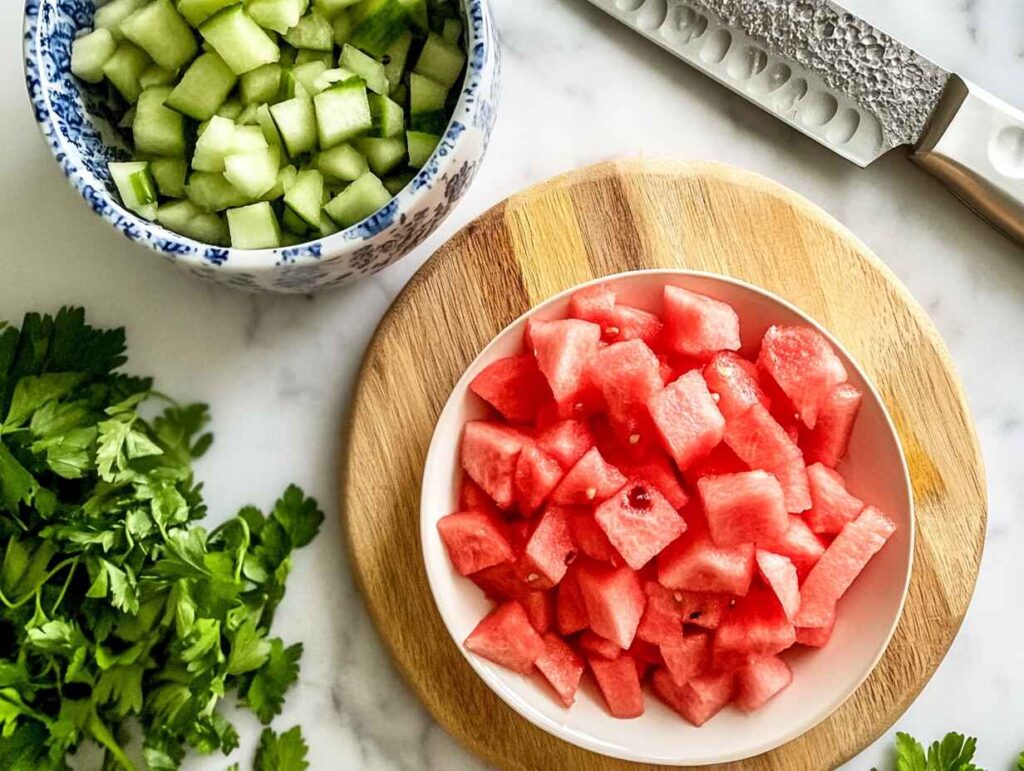
Table of Contents
Introduction to Watermelon Rinds
What Are Watermelon Rinds?
Watermelon rinds are the green outer layer of the fruit, with a pale white portion beneath the vibrant red flesh. While the flesh is sweet and juicy, the rind is firmer and milder in flavor. This unique texture makes it an excellent base for culinary creativity.
Why Are Watermelon Rinds Often Discarded?
Many people toss watermelon rinds simply because they don’t realize they’re edible or how to use them. But with a bit of preparation and creativity, this humble part of the watermelon can transform into delicious pickles, stir-fries, and even smoothies.
Reference the benefits and culinary possibilities of watermelon rinds in detail using Watermelon Rinds: A Guide to Creativity.
Are Watermelon Rinds Edible?
Nutritional Benefits of Watermelon Rinds
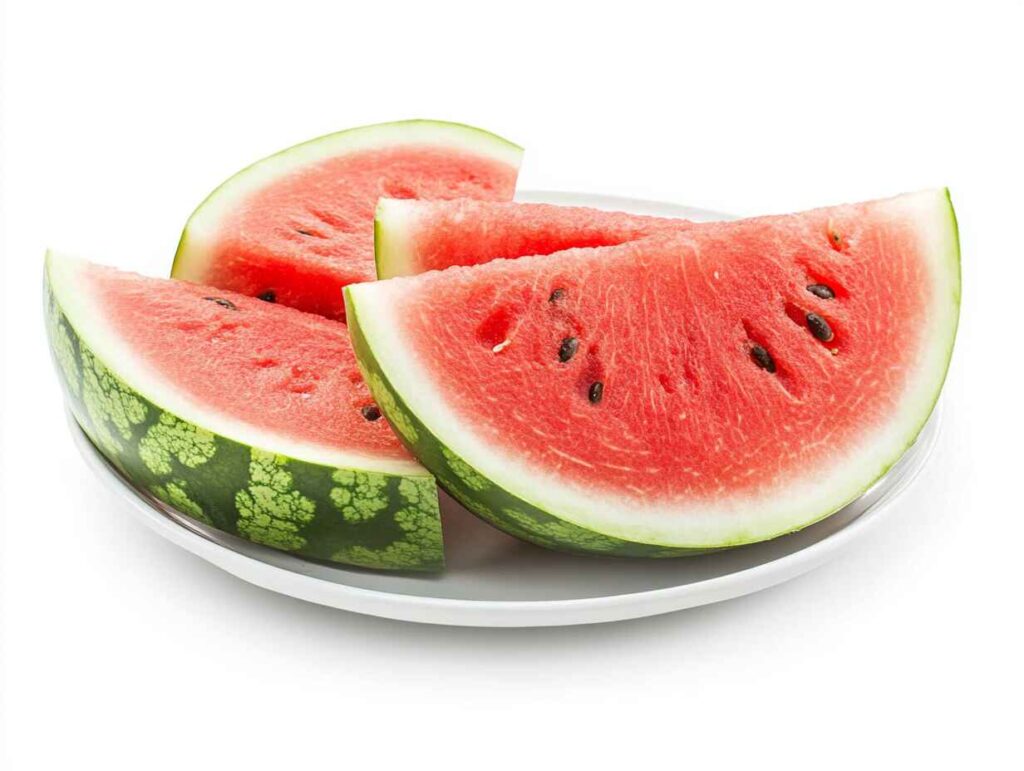
Watermelon rinds are packed with nutrients, including:
- Fiber: Supports digestion and keeps you feeling full.
- Vitamin C: Strengthens your immune system and keeps your skin healthy.
- Citrulline: An amino acid that may improve circulation.
- Highlight their nutrient content and connect to the broader health benefits discussed in Pastina Soup Recipe: Easy Steps & Health Benefits.
Is Eating Watermelon Rind Good for You?
Absolutely! Eating watermelon rind can reduce food waste while adding a nutrient-rich ingredient to your meals. To learn more about ways to minimize waste with creative recipes, check out Watermelon Rinds Recipes.
What Part of a Watermelon Can You Not Eat?
While the seeds and flesh are commonly consumed, the green outermost layer of the rind may be too tough to eat raw. Instead, peel off the tough skin to use the white portion effectively.
How Do You Prepare Watermelon Rinds to Eat?
Preparing watermelon rinds for consumption is easier than you might think. With a few simple steps, you can turn this often-overlooked part of the fruit into a culinary star.
Simple Steps to Prepare Watermelon Rinds
- Wash Thoroughly: Rinse the watermelon under cold water to remove dirt and pesticides.
- Peel the Green Skin: Use a vegetable peeler or knife to remove the tough outer layer.
- Cut Into Desired Shapes: Slice, dice, or julienne the white rind for various recipes.
Popular Recipes Using Watermelon Rinds
Watermelon rinds are incredibly versatile. Here are some popular recipes:
- Pickled Watermelon Rind: A tangy, crunchy snack that pairs perfectly with grilled meats.
- Watermelon Rind Stir-Fry: A savory dish with a hint of sweetness.
- Rind Smoothies: Blend with fruits like pineapple and banana for a nutrient-packed drink.
Pro Tip: “Experiment with different recipes to discover your favorite way to use watermelon rinds!”
Culinary Uses for Watermelon Rinds
Watermelon rinds are a culinary gem, offering endless possibilities for creative dishes. Whether sweet or savory, there’s a recipe for everyone to enjoy.
Pickled Watermelon Rind: A Classic Recipe
Pickling watermelon rinds is a classic way to preserve and enjoy their crunchy texture:
- Ingredients: Watermelon rinds, vinegar, sugar, spices (like cinnamon and cloves).
- Preparation: Peel and dice the rinds, then simmer them in a pickling solution until tender.
- Storage: Seal in jars and refrigerate for up to 2 weeks.
Pickled watermelon rinds make a delicious addition to sandwiches or charcuterie boards. For more inspiration, explore creative pairing ideas in this article on Mini Chocolate Chip Cookies for a delightful dessert complement.
Stir-Fried Watermelon Rinds for a Savory Dish
Transform watermelon rinds into a quick and healthy stir-fry:
- Ingredients: Peeled rinds, soy sauce, garlic, sesame oil, and vegetables.
- Method: Sauté the rinds with your favorite veggies and seasonings for a flavorful side dish.
This dish is perfect for pairing with protein-packed meals, like those in this Smoked Whitefish Guide.
Smoothies and Juices with Watermelon Rinds
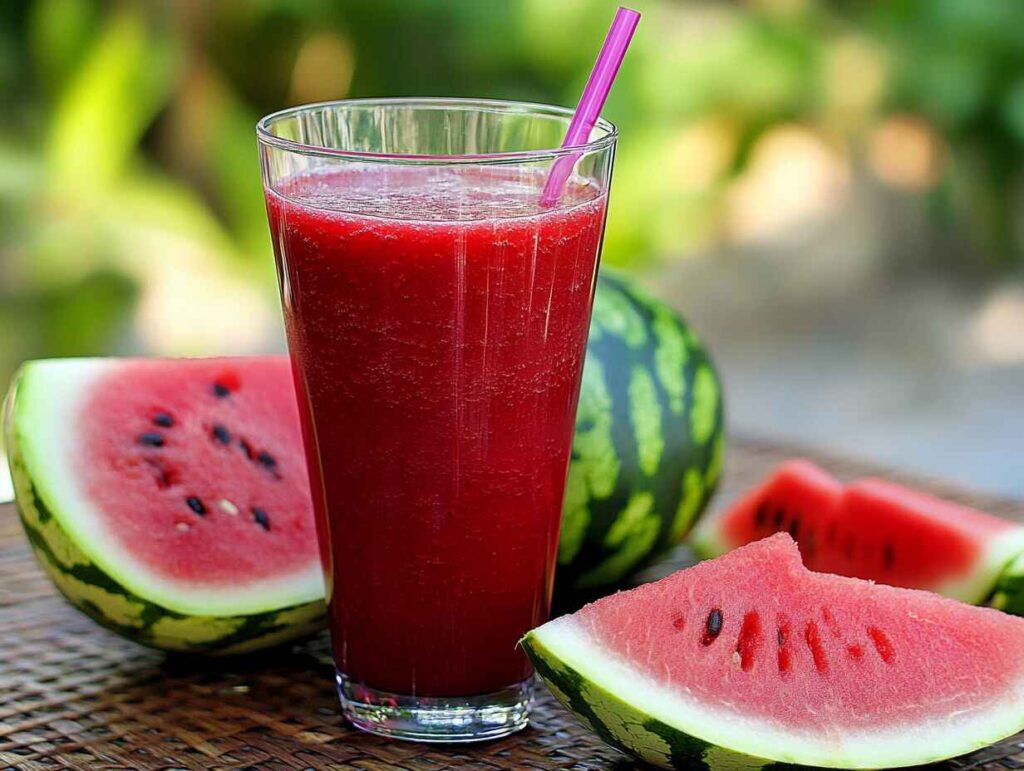
Watermelon rind smoothies are a refreshing way to stay hydrated and boost your nutrient intake:
- Recipe: Blend peeled rinds with watermelon flesh, mint leaves, and a splash of orange juice.
- Tip: Add a handful of ice for a chilled treat.
Smoothies made with watermelon rinds are perfect for post-workout recovery or a mid-day snack.
Health and Fitness Benefits of Watermelon Rinds
Beyond their versatility in the kitchen, watermelon rinds offer impressive health and fitness benefits that make them a valuable addition to your diet.
Why Do Bodybuilders Eat Watermelon?
Bodybuilders often include watermelon and its rinds in their diet for these reasons:
- Hydration: Watermelon rinds are water-rich, helping athletes stay hydrated during workouts.
- Citrulline Content: This amino acid may improve blood flow, enhancing exercise performance.
- Low Calorie: Rinds offer a filling snack with minimal calories, perfect for maintaining a lean physique.
What Does Watermelon Do for the Female Body?
Watermelon and its rinds have specific benefits for women’s health:
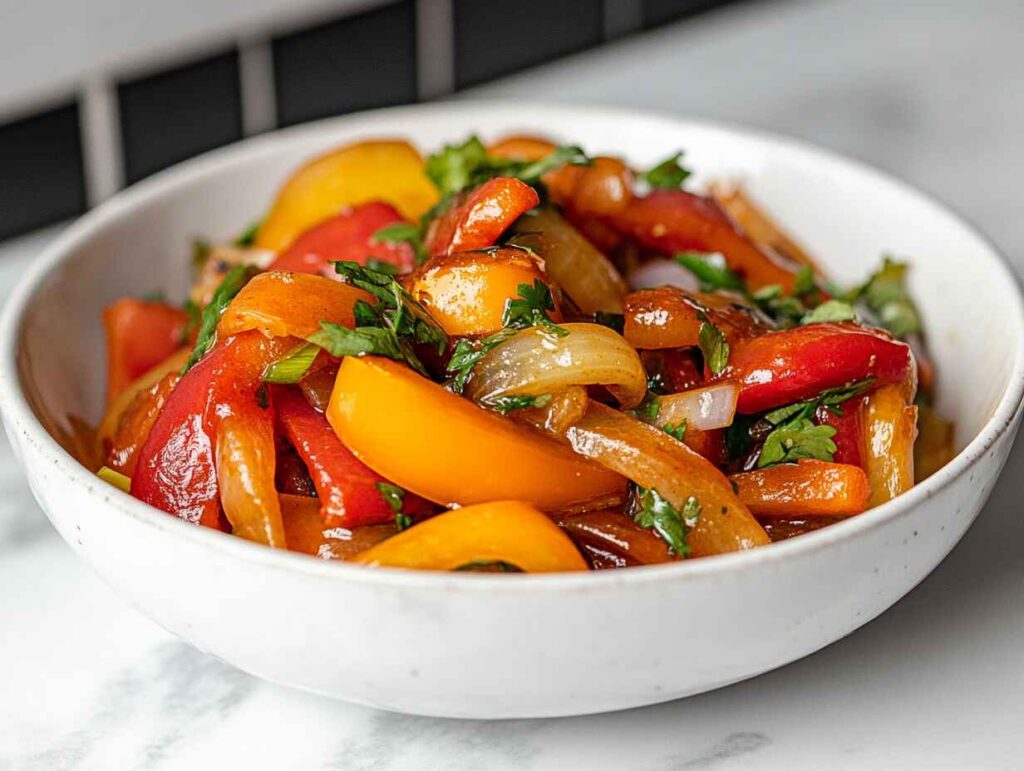
- Skin Health: Vitamin C in rinds boosts collagen production, promoting radiant skin.
- Digestive Aid: High fiber content supports healthy digestion.
- Hormonal Balance: Nutrients like magnesium and potassium help regulate hormonal cycles.
Looking to pair your watermelon rind dishes with something sweet? Check out these ideas for Mini Chocolate Chip Cookies for a balanced dessert option.
Nutritional Breakdown of Watermelon Rinds
Here’s a quick overview of the nutrients found in watermelon rinds (per 1 cup, diced):
| Nutrient | Amount |
|---|---|
| Calories | 30 |
| Vitamin C | 12% of RDI |
| Fiber | 2 grams |
| Potassium | 8% of RDI |
These benefits highlight why watermelon rinds deserve a spot on your plate!
Exploring Unique Ways to Use Watermelon Rinds
Watermelon rinds, often overlooked and discarded, have a world of untapped potential in both the kitchen and beyond. Their mild flavor and crunchy texture make them an excellent ingredient in recipes or even as a sustainable solution for creative projects. Here, we’ll explore unique ways to use watermelon rinds that go beyond the basics, offering both culinary and practical benefits.
1. Transforming Rinds Into Savory Chips
Why not turn watermelon rinds into a healthy snack? By slicing them thinly and baking or air frying, you can create crispy, savory chips.
- Seasoning Ideas: Sprinkle with olive oil, sea salt, and your favorite spices like paprika or garlic powder.
- Steps:
- Peel the green skin and slice the rind into thin strips.
- Toss with your chosen seasoning.
- Bake at 375°F (190°C) for 15–20 minutes, flipping halfway.
These chips are perfect as a standalone snack or paired with a tangy dip.
2. Watermelon Rind Relish for Burgers
Move over traditional condiments! A watermelon rind relish can add a unique twist to burgers or sandwiches.
- How to Make It:
- Dice the peeled rind into small cubes.
- Mix with diced onions, vinegar, a pinch of sugar, and chili flakes.
- Let it marinate for a few hours before serving.
This relish offers a balance of sweet, sour, and spicy flavors that elevate any dish.
3. Composting for a Greener Garden
If you’re not feeling adventurous in the kitchen, watermelon rinds can still serve a purpose. They’re rich in nutrients that enrich soil, making them ideal for composting.
- How to Compost:
- Chop the rinds into smaller pieces to speed up decomposition.
- Add them to your compost bin along with other vegetable scraps and yard waste.
- Mix regularly to promote aeration.
This eco-friendly option ensures that nothing from your watermelon goes to waste.
4. Creative Cocktails with Rind Syrup
For those who enjoy crafting drinks, watermelon rind syrup is a delightful addition to cocktails and mocktails.
- Simple Recipe:
- Simmer diced watermelon rinds with sugar and water until the rinds are tender.
- Strain the mixture, reserving the liquid.
- Use this syrup to add a hint of freshness to drinks like mojitos or lemonades.
Its subtle flavor pairs beautifully with citrus and mint.
5. Watermelon Rind in Beauty DIYs
Beyond food, watermelon rinds can play a role in skincare. Their hydrating properties make them ideal for DIY face masks.
- Hydrating Mask Recipe:
- Blend peeled rinds into a smooth paste.
- Mix with honey and aloe vera gel.
- Apply to your face for 15 minutes before rinsing off.
This natural mask leaves your skin refreshed and glowing.
Common Misconceptions About Watermelon Rinds
Despite their many benefits, watermelon rinds are often misunderstood. Let’s clear up some common misconceptions.
Why Can’t You Eat the White Part of a Watermelon?
The white part of a watermelon is entirely edible and safe to consume. Its mild taste and firm texture make it ideal for cooking or blending into smoothies. However, some people avoid it due to its lack of sweetness compared to the red flesh. By incorporating the rind into recipes like stir-fries or pickles, you can unlock its hidden potential.
Are Watermelon Rinds Safe for Everyone?
Yes, watermelon rinds are safe for most people to eat. However:
- Those with sensitive stomachs may want to start with small portions to ensure easy digestion.
- Always wash the rind thoroughly to remove any pesticides or contaminants.
For those exploring other ways to use fruit, the versatility of Watermelon Rinds Recipes offers creative ideas to minimize food waste.
Do Watermelon Rinds Cause Digestive Issues?
While watermelon rinds are high in fiber, they generally aid digestion. Overconsumption, however, may cause bloating for those unaccustomed to a high-fiber diet.
Boosting Sustainability with Watermelon Rinds
Reducing food waste has become a priority for many, and watermelon rinds provide a simple yet effective way to contribute to sustainability. Instead of tossing this often-overlooked part of the fruit, you can repurpose it in various ways that benefit both you and the environment.
For instance, incorporating watermelon rinds into recipes like pickles or smoothies not only maximizes the use of the entire fruit but also saves money by stretching your ingredients further. Additionally, composting watermelon rinds is a fantastic way to enrich your garden soil, turning kitchen scraps into nutrient-rich fertilizer that promotes healthy plant growth.
By making small changes, like utilizing rinds in creative ways, you can significantly reduce your household waste and make a positive impact on the environment. Whether you’re looking to get more adventurous in the kitchen or seeking eco-friendly practices, watermelon rinds are a simple starting point. It’s a win-win for your plate and the planet! 🌍
Block Quote: “Many myths surround watermelon rinds, but understanding their true value helps you make the most of this nutritious ingredient.”
FAQs About Watermelon Rinds
Let’s address some common questions to clear up any confusion about watermelon rinds.
Is Eating Watermelon Rind Good for You?
Yes, watermelon rinds are good for you! Packed with fiber, vitamin C, and citrulline, they provide numerous health benefits like improved digestion, hydration, and circulation. For ideas on incorporating them into your diet, explore this guide on Watermelon Rind Recipes.
Why Can’t You Eat the White Part of a Watermelon?
The white part is entirely edible, but its mild flavor might not appeal to everyone. Transforming it into pickles, smoothies, or stir-fries can make it more enjoyable.
What Part of a Watermelon Can You Not Eat?
The only part generally not consumed is the tough outermost green skin. However, once peeled, the white rind beneath is both safe and delicious.
Can You Juice Watermelon Rind?
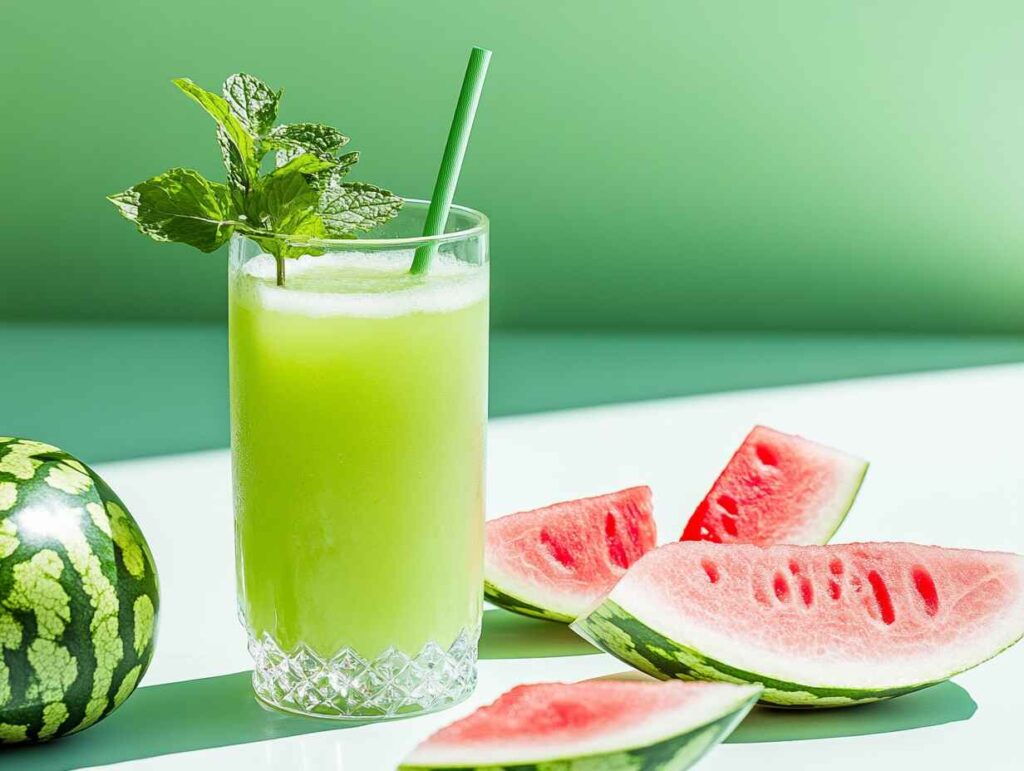
Absolutely! Juicing watermelon rinds is a refreshing way to use them. Blend the peeled rinds with fruits like pineapple or apple for a nutrient-packed beverage.
Why Do Bodybuilders Eat Watermelon?
Bodybuilders love watermelon for its hydration, low calorie count, and citrulline content, which may boost workout performance. This includes the rinds, which provide added fiber and nutrients.
Conclusion: Waste Less, Enjoy More
Watermelon rinds are more than just scraps—they’re a nutritious and versatile part of the fruit that can elevate your culinary game. From pickles to smoothies, their mild flavor and crunchy texture make them a delightful addition to your meals. Plus, incorporating watermelon rinds into your diet is a sustainable way to reduce food waste.
So, the next time you enjoy a watermelon, don’t toss the rind. Get creative, explore recipes, and savor the hidden potential of this underappreciated ingredient. 🌟
